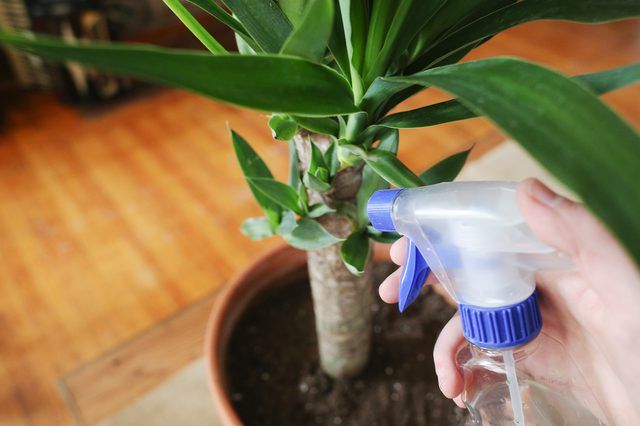Bulbs
Flower Basics
Flower Beds & Specialty Gardens
Flower Garden
Garden Furniture
Garden Gnomes
Garden Seeds
Garden Sheds
Garden Statues
Garden Tools & Supplies
Gardening Basics
Green & Organic
Groundcovers & Vines
Growing Annuals
Growing Basil
Growing Beans
Growing Berries
Growing Blueberries
Growing Cactus
Growing Corn
Growing Cotton
Growing Edibles
Growing Flowers
Growing Garlic
Growing Grapes
Growing Grass
Growing Herbs
Growing Jasmine
Growing Mint
Growing Mushrooms
Orchids
Growing Peanuts
Growing Perennials
Growing Plants
Growing Rosemary
Growing Roses
Growing Strawberries
Growing Sunflowers
Growing Thyme
Growing Tomatoes
Growing Tulips
Growing Vegetables
Herb Basics
Herb Garden
Indoor Growing
Landscaping Basics
Landscaping Patios
Landscaping Plants
Landscaping Shrubs
Landscaping Trees
Landscaping Walks & Pathways
Lawn Basics
Lawn Maintenance
Lawn Mowers
Lawn Ornaments
Lawn Planting
Lawn Tools
Outdoor Growing
Overall Landscape Planning
Pests, Weeds & Problems
Plant Basics
Rock Garden
Rose Garden
Shrubs
Soil
Specialty Gardens
Trees
Vegetable Garden
Yard Maintenance
How to Care for a Yucca Plant
How to Care for a Yucca Plant. Coming into their full glory in spring when stalks of bell-shaped, fragrant flowers appear from leaf rosettes, yuccas (Yucca spp.) are tough plants that thrive in hot, dry places. They're hardy in U.S. Department of Agriculture plant hardiness zones 4 through 11, depending on the variety. The sword-shaped leaves can...
Coming into their full glory in spring when stalks of bell-shaped, fragrant flowers appear from leaf rosettes, yuccas (Yucca spp.) are tough plants that thrive in hot, dry places. They're hardy in U.S. Department of Agriculture plant hardiness zones 4 through 11, depending on the variety. The sword-shaped leaves can have sharp, pointed ends. Native to North America, Mexico and the Caribbean, there are about 30 species. Yuccas either grow as stemless basal rosettes or the stems form trunks of varying heights, some of them branching and tree-like. They require minimal care to thrive.
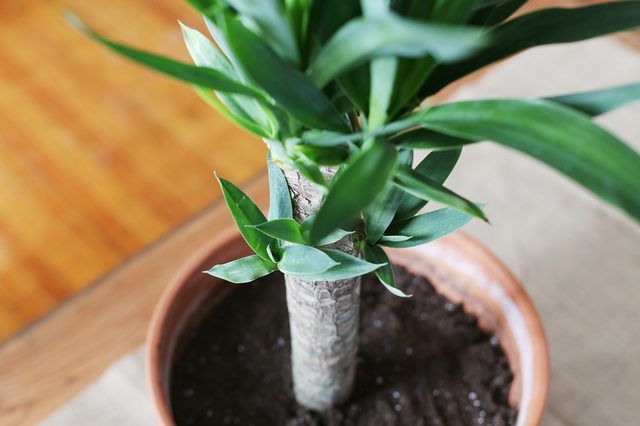
Inhabitants of arid areas with hot summers, yuccas are drought tolerant. During their first year in the garden, water them deeply if the top 2 inches of soil becomes dry during the spring, summer and fall. After establishment, plants need little extra water. Yuccas don't do well in conditions where the soil stays moist. Prevent possible root rot by providing good drainage. Water drains away from roots if yuccas are on a slope or mound. Container-grown yuccas offer the advantage of a small soil mass around the roots that dries out more quickly than if yuccas are in the ground, giving them better drainage; use containers with drainage holes and a succulent potting mix. Yuccas in containers can be moved during extended rainy periods to allow the soil to dry.
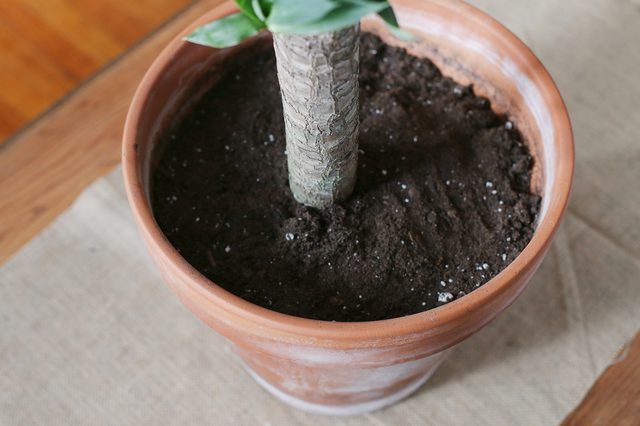
Yuccas do best in full sun. They'll tolerate partial shade if they receive at least six hours of direct sunlight. Truly low-maintenance plants, yuccas don't usually need supplemental fertilizing once they're established. For young plants, low rates of fertilizer are optional to improve early growth rates. Apply a water-soluble 20-20-20 fertilizer at half strength in the spring during the first two years the plant is in the ground. Mix 1 1/2 teaspoons per 1 gallon of water and give enough of the solution to soak through the root zone area.
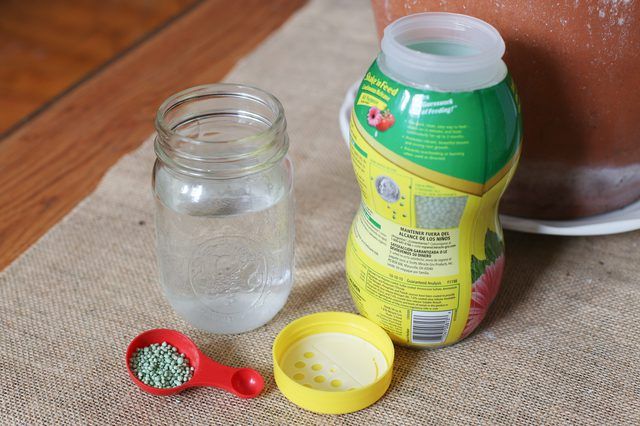
Most yuccas don't need pruning if you've spaced them correctly. Before you put the plant in place, look up the mature size of the species so you don't have to try to chop leaves or branches back if they intrude into pathways. For yuccas that eventually develop trunks, you may wish to trim away some of the dead lower leaves, but there is no need to do so for the health of the plant. Clean pruning tools with a cloth soaked in rubbing alcohol to prevent disease spread. Sprawling species such as Spanish bayonet (Yucca aloifolia, USDA zones 8 through 11) may need pruning if given limited space. Due to the sharp points on the leaves and the thick growth, pruning branches from Spanish bayonet is difficult and potentially dangerous. Site them where they have lots of room and pruning isn't needed.
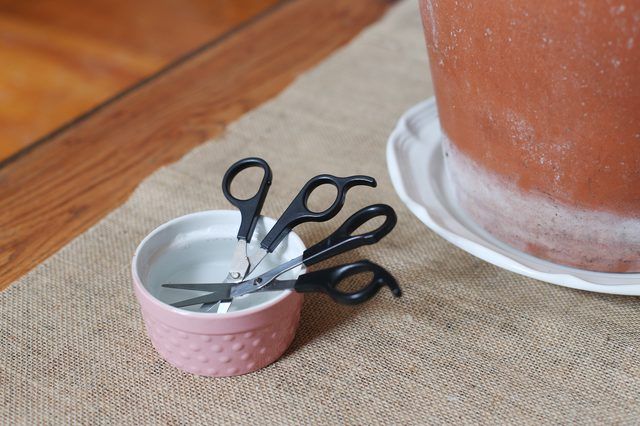
Depending on the species, some yuccas benefit from frost protection, especially when young. Some examples are Spanish bayonet, giant yucca (Yucca guatemalensis, USDA zones 9 through 11) and Torrey's yucca (Yucca torreyi, USDA zones 8a through 11b). Cover the plants with a frost blanket when cold is predicted, or keep young yuccas as container plants that can be moved indoors before frost arrives. Some of these species are so large when mature that covering them isn't possible.
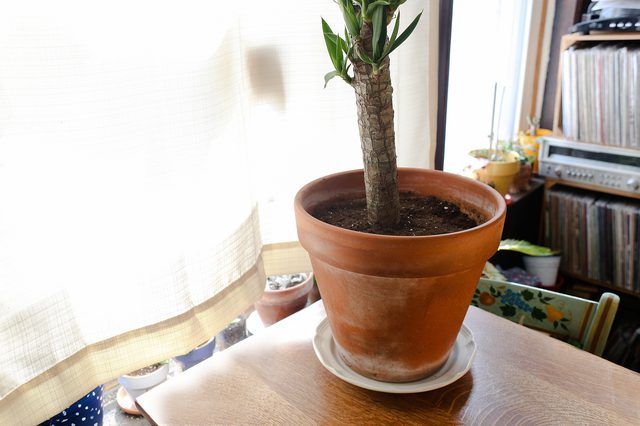
Yuccas growing in the landscape seldom have pests or diseases. Two-spotted mites (Tetranychus urticae) may occur on some species of yucca, such as Spanish bayonet and mound lily yucca (Yucca gloriosa, USDA zones 6 through 11). Remove the mites and their webbing using strong streams of water. Keep the humidity around the plants high with occasional misting or washing of foliage, as humidity reduces mite populations.
